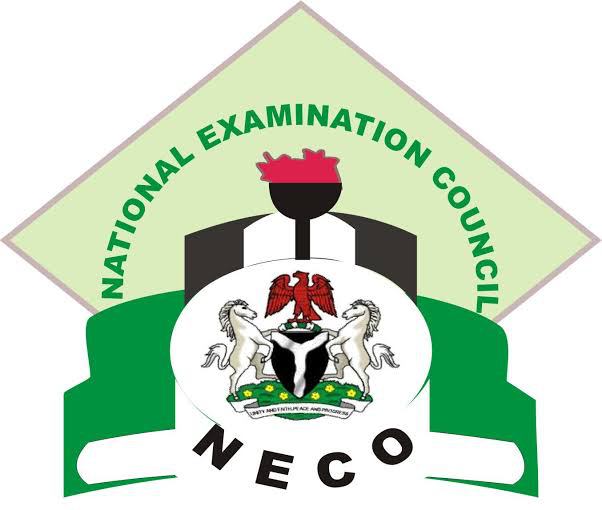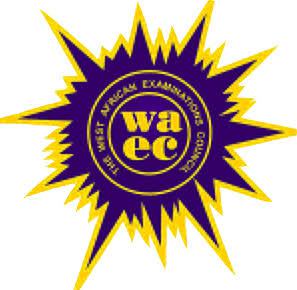=============================
*COMPLETED*
=============================
(1ai)
A – Hygrometer
B – Anemometer
C – Light meter
D – Rain guage
(1aii)
A – It is used to measure relative humidity.
B – It is used to measure the speed of wind.
C – It is used to measure light intensity on land.
D – It is used to measure the amount of rainfall.
E – It is used to indicate for direction of wind.
(1b)
In a tabular form
i | example | description | use of beak
F | Eagle | The beak is short and curve to enable tear prey| It is used to hold prey firmly
G |cock| It is short and little curve| It is used to peck food
H |Duck| It is long and flat | It enable the animal to sieve the food.
(1cI)
Photosynthesis
(1cii)
photosynthesis is defined as the process by which green plants manufacture their food making use of CO2 end water in the presence of sunlight.
(1ciii)
It is used to split water into hydrogen ion and hydroxyl ions in photosynthesis
(1civ)
Blowing splint
(1cv)
It is a controlled experiment
(1cvi)
An experiment to show that CO2 is absorbed while is giving out
(1cvii)
(i) Avoidance of presence of sunlight
(ii) Avoidance of photosynthesis in terms of increment
(1cviii)
From the green leaves
(1cx)
Oxygen
==========================================
(2ai)
I. Glass tube – Wind pipe
II. Bell jar – Chest gravity
III. Y tube – Bronchi
IV. Balloons – Lungs
V. Rubber sheets Diaphram
(2aii)
Inhalation
(2aiii)
Inhalation is the process of breathing in of air(oxygen) into the respiratory organs such as lungs or gills
(2aiv)
Exhalation
(2av)
Exhalation is the flow of the breath out of an organism
(2bi)
The head region of fish show the gills.
(2bii)
I – Nostril
II – Eye
III – Gill
IV – Scale
V – Fin
(2biii)
For gaseous exchange
(2ci)
O – Grasshopper
P – Spider
(2cii)
O – insecta
P – arachnida
(2ciii)
In a tabular form:
Differences between O and P:
1. Possession of compound eyes.
2. Possession of six legs
3. Possession of three body segments.
1. Possession of simple eye.
2. Possession of eight legs.
3. Possession of two body segments.
==========================================
(3a)
Q – chlamydomona monoiea.
R -Euglena viridis
S – Amoeba proteus
T – Paramecium caudatus.
(3aii)
I – flagellum
II – pyrenoid
III – Gullet
IV – Meganucleus
V – Contractive vacuole
VI – Chloroplast
VII – Micro-nucleus
(3aiii)
Q – flagellum
R – flagellum
S – Pseudopodia
T – Cilia
(3aiv)
I – It is used for movement
III – It control the life activities of cell
V – It is used for removal of waste
VI – It consist of chromosomes
(3av)
The three similarities between Q and R are:
(i) possession of flagellum
(ii) possession of eye spot
(iii) possession of nucleus
(3avi)
The three difference between S and T are:
Under S:
(i)S is shapeless
(ii) Absence of cilia
(iii) Possession of pseudopia
Under T:
(i) T is slippery in shape.
(ii) Possession of cilia.
(iii) Absence of pseudoipia.



Leave a Reply